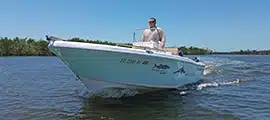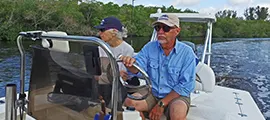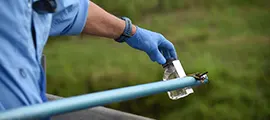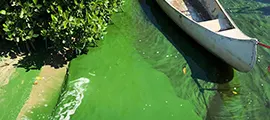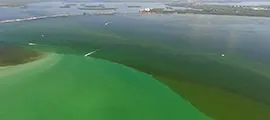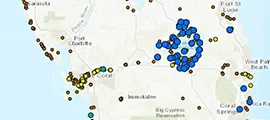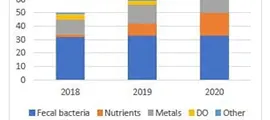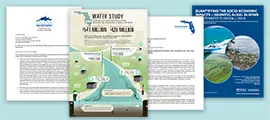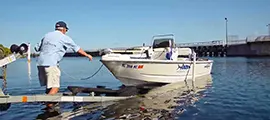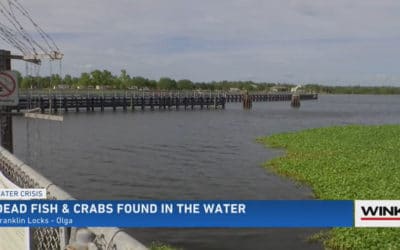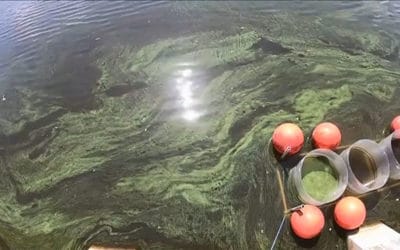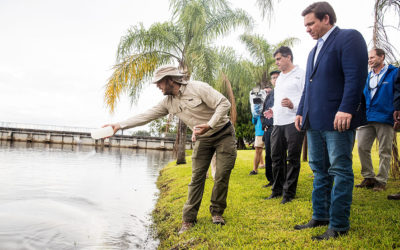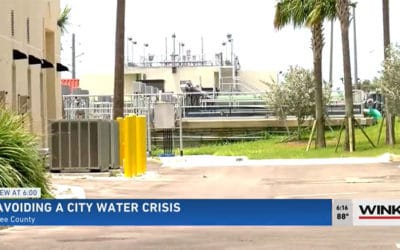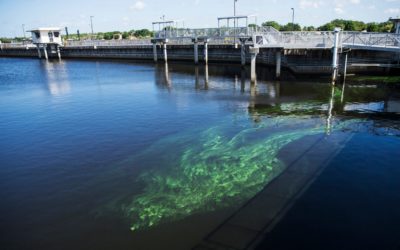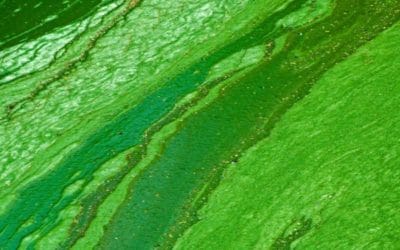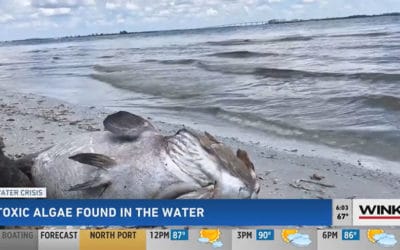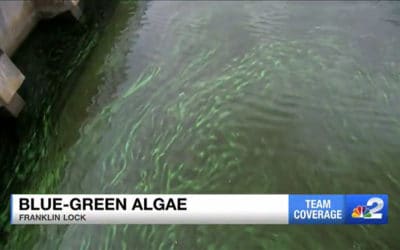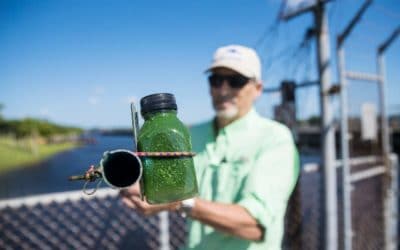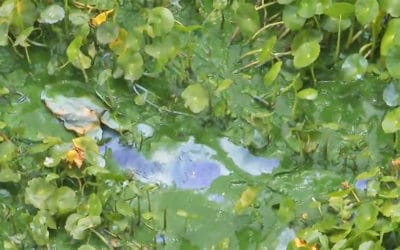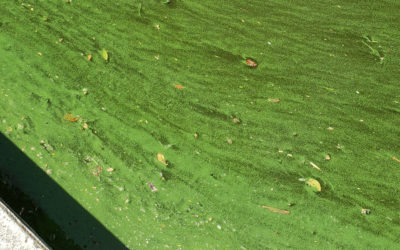Calusa Waterkeeper
In the News
Worries About Algae Treatment After Dead Fish and Crabs Found near Franklin Lock
Some viewers have reported seeing dead fish and crabs in and around the water at Franklin Lock. WINK News sent a crew to Franklin Lock to check it out and did see one dead crab in the water. A woman says she saw a dead fish and more dead crabs near the lock over the weekend.
DeSantis Briefed on Blue-Green Algae Treatment Used on Caloosahatchee
Governor Ron DeSantis visited the WP Franklin Lock and Dam on the Caloosahatchee for a briefing on an innovative technology treatment being used to combat blue-green algal blooms. The treatment is performed by BlueGreen Water Technologies, a leading Israeli algae mitigation company.
Gov. DeSantis Takes a Look at Pilot Algae Treatment in the Caloosahatchee
As an Israeli flag fluttered under Old Glory, Florida Gov. Ron DeSantis stood on a Caloosahatcte River shoreline far less foul than it was the week before. He’d traveled to the W.P. Franklin Lock in Olga for a briefing on a pilot algae treatment begun there in May.
Algae Toxins Cripple Water Supply in West Palm Beach
Neighbors line up for safe drinking water in West Palm Beach after testing showed high levels of algae toxins. Home filtration systems don’t work in this case, and you can’t just boil it out. Could this happen in Lee County?
Is SWFL Headed for a ‘Toxic Vise’?
As Lee County commissioners plead with the feds to protect the Caloosahatchee and its estuary from excessive Lake Okeechobee releases, health officials are cautioning people to stay away from the water at three popular freshwater boat launches while at least five coastal beaches are under red tide alerts.
Blue-Green Algae Spreading into More SWFL Neighborhoods
The algae situation in Southwest Florida is getting worse as a bloom decays in the Caloosahatchee. Algae first appeared in Lake Okeechobee, then at Franklin lock, the Alva Boat Ramp, and now it’s in Fort Myers at the Davis Boat Ramp.
Engineers Meeting to Discuss Lake O Discharges as Algae Toxins Build
The Army Corps of Engineers met to discuss how many new discharges of water will be released from Lake Okeechobee into our area, and for how long. This meeting comes as high levels of toxins are once again in our water.
Water Conservancy Groups Urge Florida Regulators to Set Water Quality Standards
Thick, smelly clumps of blue-green algae have been decaying along the Caloosahatchee near the south side of the Franklin Lock. It comes as several water conservancy groups urged the Florida Department of Environmental Protection to set water-quality standards for the toxins in the algal blooms.
Algae Showing Back up at Franklin Locks and in Parts of the Caloosahatchee River
John Cassani, the Calusa Waterkeeper takes a sample of algae from the east side of the Franklin Lock and Dam on Tuesday, May 18, 2021. The samples will be tested to determine if it is Cyanobacteria or blue-green algae.
Demand for Action on Blue-Green Algae & Cyanotoxins Increases
More than a dozen environmental groups have been urging Governor Ron DeSantis to declare a state of emergency, but the governor says, “There’s no need to do that. One, I think it would spook a lot of people, it would harm a lot of the folks in our community.”
Florida Urged to Set Standards Critical to Protecting People & Wildlife From Harmful Toxins
Conservation groups sent a letter today urging Florida officials to set water-quality standards for the harmful toxins in algal blooms that threaten the health of the state’s residents and wildlife. The request comes after the FDEP announced it would not set legal limits on the cyanotoxins that make the blooms so harmful.
Water Experts Worry Blue-Green Algae and Red Tide Could Create ‘Perfect Storm’
Blue-green algae is sitting on parts of Lake Okeechobee right now. We’ve also seen the algae streaks in the Caloosahatchee River near Alva and Fort Myers Shores. The lake is about a foot higher than the Army Corps would like it to be at this time of year.
